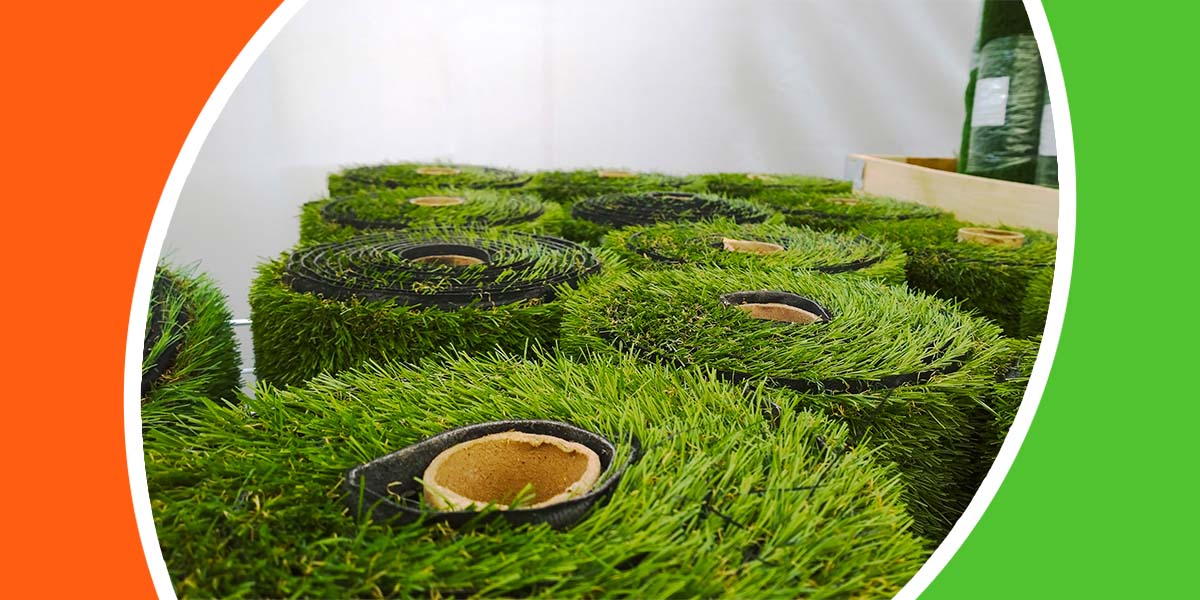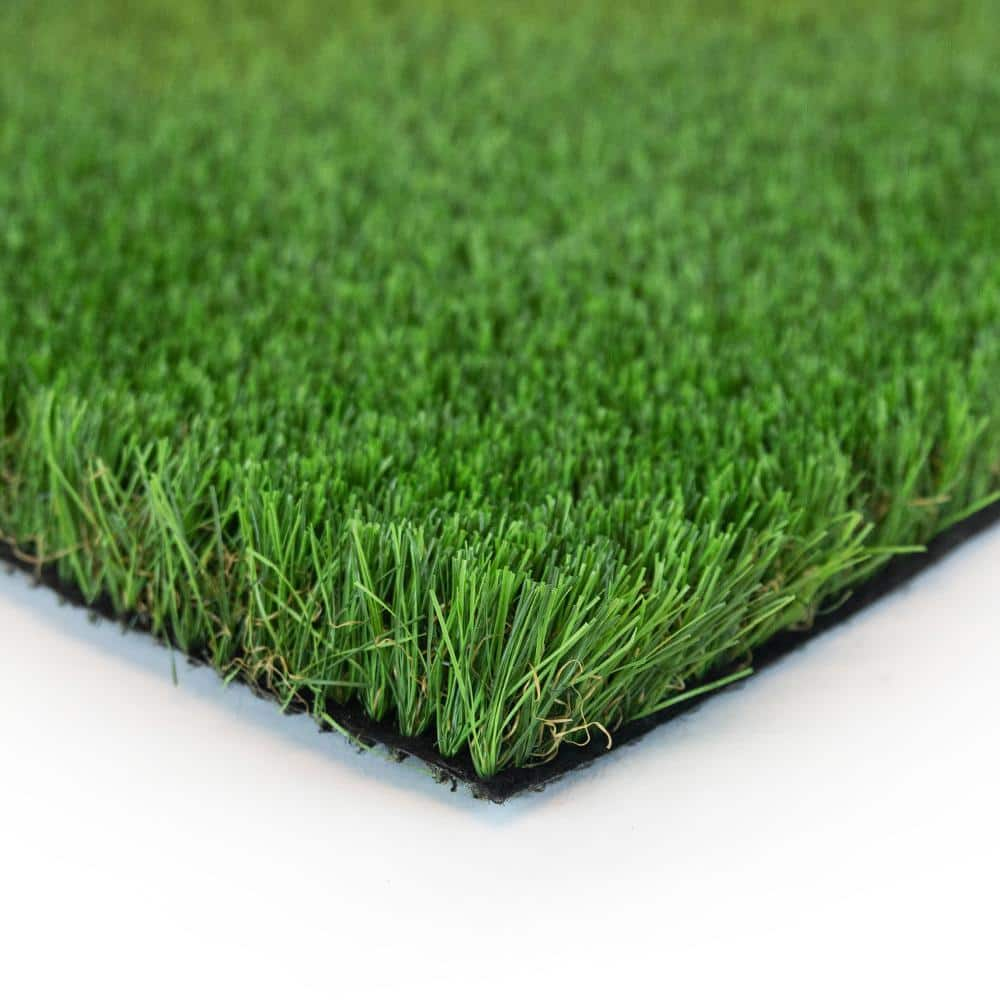Explore the Environmental Perks of Opting for Artificial Turf Solutions
The adoption of artificial lawn services presents a compelling possibility to deal with pushing ecological challenges. By substantially lowering water use and reducing the application of unsafe chemicals, these alternatives not only promote sustainable landscaping but likewise secure regional ecosystems.
Water Conservation Advantages
One of the most substantial advantages of synthetic turf is its capacity to save water. In contrast, fabricated grass does not need watering, significantly lowering the total demand for water resources.
By eliminating the demand for regular watering, synthetic grass adds to sustainable landscape methods and aids reduce the ecological impact of too much water consumption. The conservation of water prolongs to the decrease of runoff, which can lead to soil disintegration and waterway pollution.
In addition, the installation of man-made lawn allows property owners and districts to allocate water resources extra efficiently, concentrating on crucial uses such as drinking water and farming. The change in the direction of artificial grass not just advertises liable water use but also straightens with more comprehensive ecological objectives targeted at preserving natural deposits.
As neighborhoods progressively prioritize sustainability, the water conservation benefits of man-made grass provide a compelling case for its adoption in domestic and commercial landscaping projects.
Reduced Chemical Usage
The change to synthetic grass significantly lowers the dependence on chemical therapies frequently utilized in natural turf maintenance. Traditional lawn monitoring commonly entails the application of plant foods, herbicides, and chemicals to advertise growth and control insects. These chemicals can position risks to human wellness, neighborhood wild animals, and the atmosphere, adding to dirt and water contamination.
In contrast, synthetic turf removes the need for these harmful materials. By minimizing the release of artificial compounds into the community, synthetic grass advertises much healthier soil and water systems.
In addition, the lack of chemical runoff related to fabricated turf setups aids safeguard neighborhood rivers from contamination, sustaining water life and maintaining biodiversity. Phoenix turf companies. As areas significantly prioritize sustainable practices, opting for fabricated grass presents a viable remedy that straightens with environmental conservation goals. Via this change, homeowner can take pleasure in lush eco-friendly rooms without jeopardizing ecological health, leading the way for an extra lasting future
Reduced Carbon Footprint

Additionally, the installment of synthetic grass can result in substantial water conservation. All-natural lawns require significant amounts of water for watering, which not only contributes to the carbon impact connected with water extraction and treatment yet likewise stress neighborhood water sources. In comparison, synthetic grass requires minimal upkeep, requiring no watering, consequently considerably lowering water usage and its connected energy expenses.
Additionally, the longevity of man-made lawn adds to its lower carbon influence. With a life-span of approximately 15 years or more, the demand for regular substitutes is reduced, causing much less waste and lower power intake in production and dealing with conventional yard choices. Generally, synthetic grass provides a lasting alternative for ecologically conscious landscape design.
Environment Preservation
Habitat preservation is a crucial consideration in the discussion over landscaping selections, particularly when comparing synthetic grass to all-natural grass. Natural yard lawns often call for substantial upkeep, including using plant foods, herbicides, and chemicals, which can adversely influence neighborhood ecological communities. These chemicals can leach into the dirt and rivers, harming native plants and fauna and interrupting neighborhood environments.
On the other hand, synthetic grass provides an opportunity to reduce the eco-friendly footprint of landscape design. By choosing artificial turf, home owners can minimize the Phoenix turf companies disruption of all-natural habitats related to conventional grass care methods. Artificial lawn eliminates the requirement for dangerous chemicals, thereby shielding neighboring wildlife and maintaining the stability of surrounding environments. The installment of man-made turf can lead to the conversion of former grass areas into even more biodiverse landscapes, such as pollinator yards or indigenous plant locations, which can support regional wildlife.
Ultimately, the shift to synthetic grass not just saves water and reduces upkeep initiatives but likewise fosters an extra unified relationship between human activities and the native environment, advertising habitat conservation while doing so.
Long-Term Sustainability
Long-term sustainability is a crucial factor in evaluating the advantages of synthetic grass over conventional grass lawns. Among one of the most significant advantages of synthetic grass is its resilience; it can last approximately 15-20 years with marginal upkeep, whereas natural grass needs frequent reseeding and substitute. This durability decreases the requirement for consistent sources, such as water, plant foods, and my review here chemicals, which are essential for maintaining a healthy and balanced turf lawn.
Furthermore, fabricated lawn adds to a reduction in carbon exhausts linked with yard treatment devices. Traditional grass frequently need gas-powered mowers, trimmers, and blowers, all of which add to air contamination. Turf installation phoenix az. In contrast, synthetic grass removes the demand for such equipment, advertising a cleaner atmosphere
Furthermore, the production of fabricated lawn increasingly uses recycled materials, boosting its sustainability profile. As suppliers adopt environment-friendly methods, the environmental footprint of synthetic grass proceeds to decrease.

Final Thought
The adoption of artificial lawn services presents significant environmental benefits, consisting of significant water preservation, lowered reliance on harmful chemicals, and a reduced carbon footprint. In addition, synthetic grass aids in maintaining natural habitats by reducing land disruption and promoting long-lasting sustainability via using resilient materials. Jointly, these aspects emphasize the capacity of artificial grass to add favorably to environmental wellness and supply a feasible option to traditional landscaping methods in an increasingly resource-conscious world.
In comparison, fabricated grass click this site does not require watering, dramatically lowering the total need for water sources. By minimizing the release of synthetic compounds into the ecosystem, fabricated lawn advertises much healthier soil and water systems.
Furthermore, the installment of fabricated lawn can result in substantial water conservation. In contrast, fabricated lawn requires minimal maintenance, requiring no watering, therefore dramatically decreasing water use and its associated power costs.

Comments on “Weather-Resistant Arizona Artificial Turf for Home and Commercial Applications”